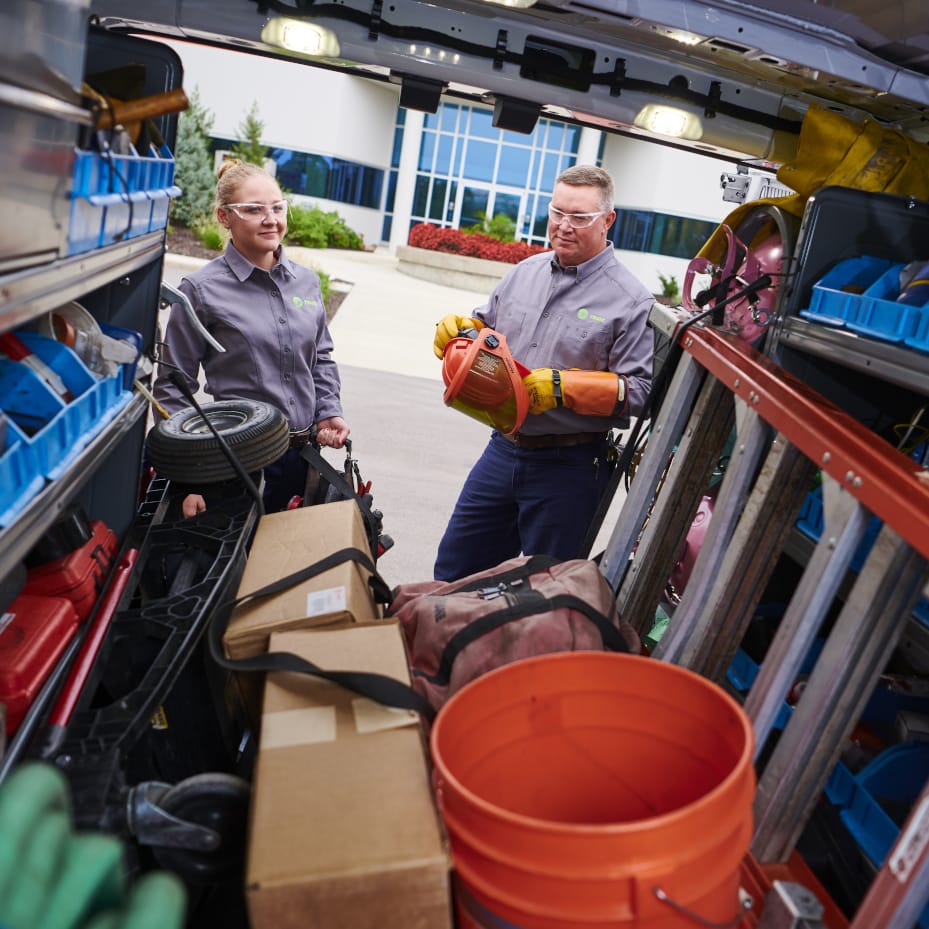School systems across the country displayed superhuman creativity and resolve to make distance learning possible during the pandemic. Despite the herculean effort, 97% of educators believe students have suffered at least some learning disruption, with more than half believing that loss was significant1. In-person learning remains the most productive K12 educational environment.
Before the pandemic, leading school administrators understood the upkeep and maintenance of their school’s physical environments were a prerequisite to cultivating a productive educational environment. They sought to address issues such as:
- Absenteeism caused by the transmission of viruses
- Distraction caused by surrounding noise pollution
- Interference of children's natural learning biorhythms by things like overhead lights
Well-being issues like these will gain greater attention in a post-COVID19 world. Going forward, the viability of schools will depend just as much on the quality of their indoor environments as their curriculum, staff, and facilities. To help students and families feel good about in-person learning, school administrators must find ways to demonstrate and communicate what they're doing to cultivate an optimal indoor environment. Here are five such ways.






































































































